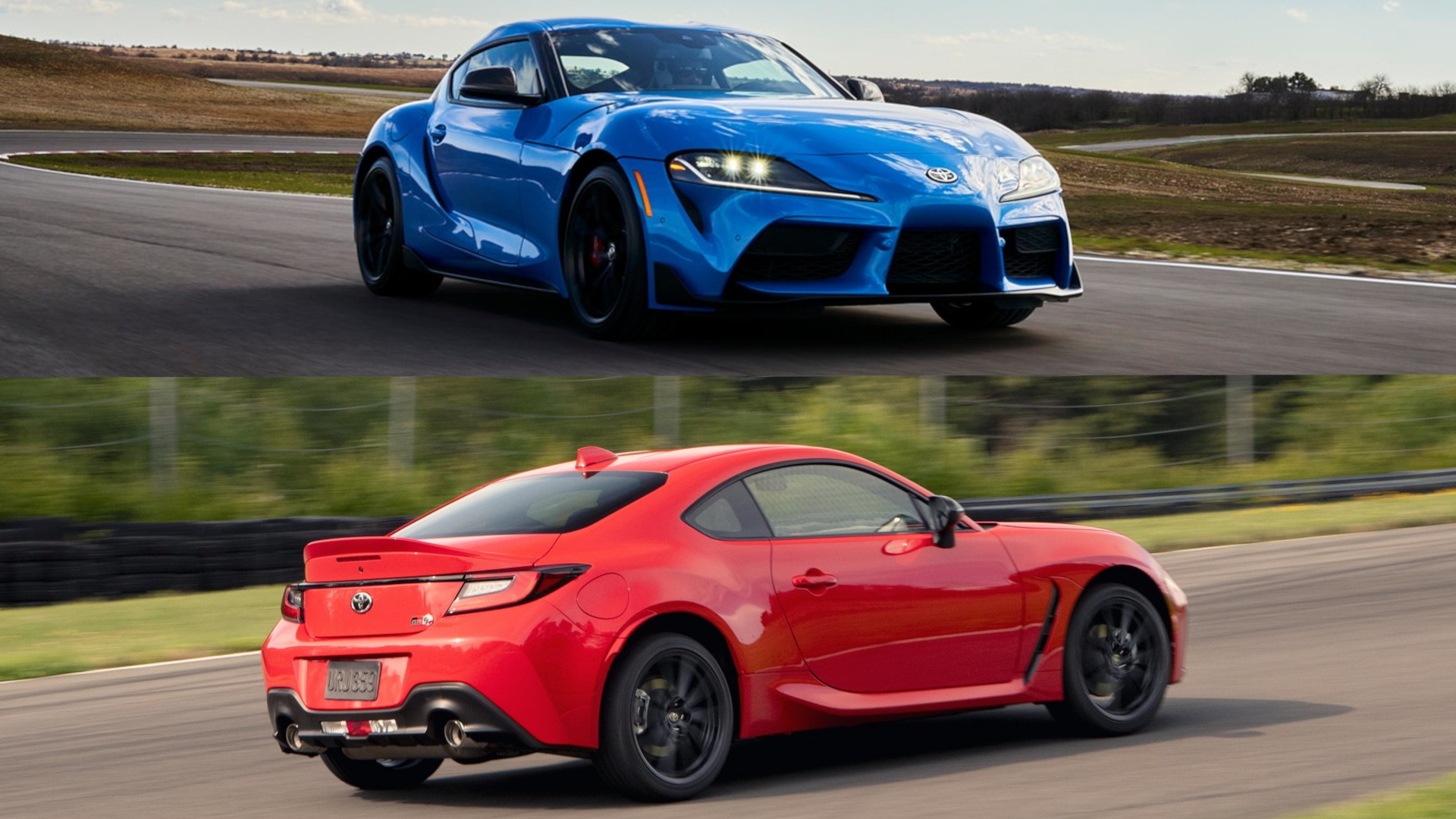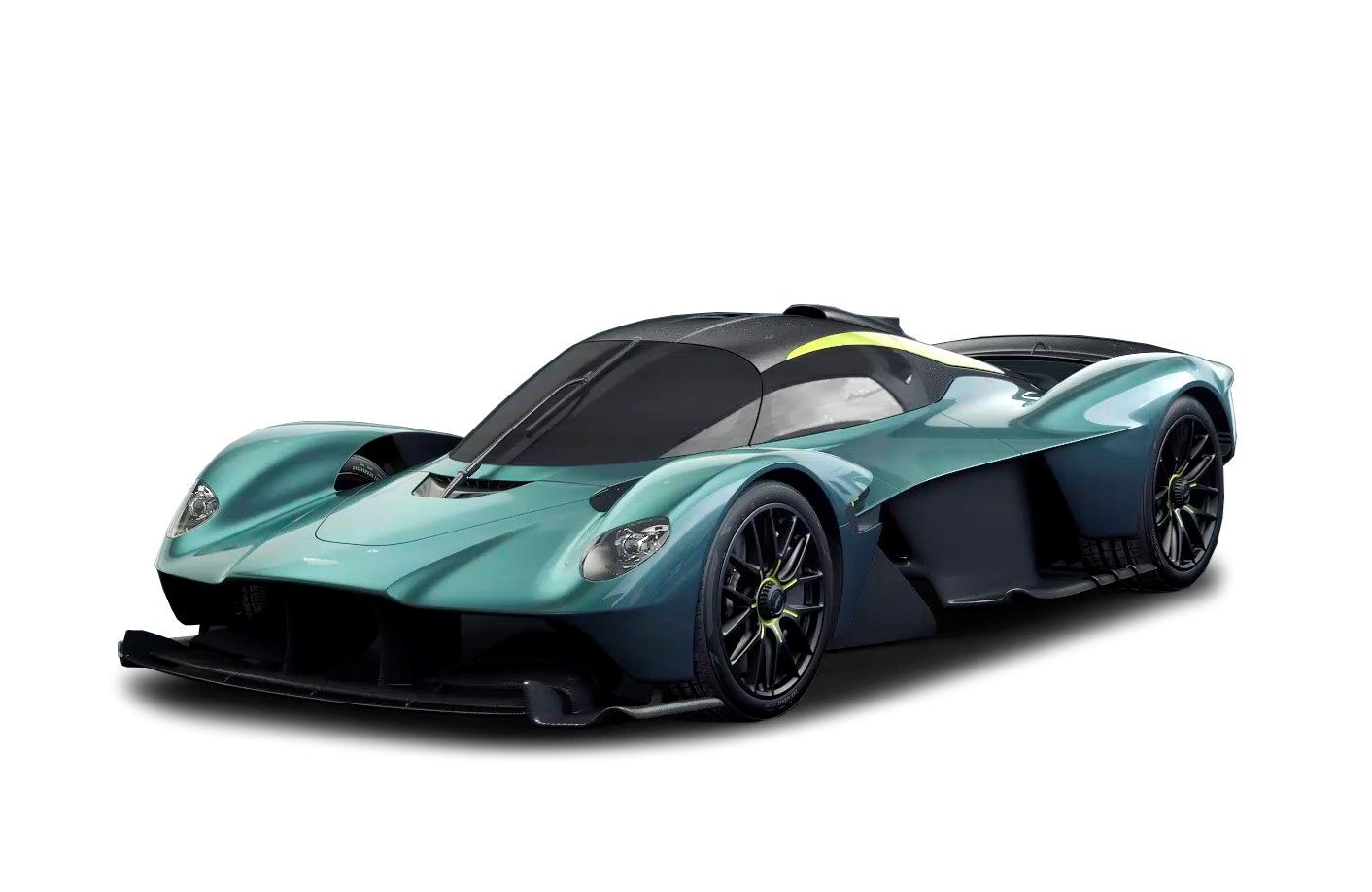The Most Powerful Series Production, Naturally Aspirated Engine Ever Made
For more than a century, automotive manufacturers have been pushing the boundaries of what is mechanically and technologically possible. Among these advancements, naturally aspirated (NA) engines have long been revered and admired for their ability to deliver raw, unfiltered power in an instant.
While forced induction systems have become popular due to their ability to extract more power from smaller engines, NA engines maintain a special place in the hearts of purists and enthusiasts. Among NA engines in production today, one stands out as the most powerful ever made: the Cosworth 6.5-liter V12 in the Aston Martin Valkyrie hypercar.
Naturally Aspirated Vs. Forced Induction
To appreciate the magnificence of naturally aspirated engines, it is crucial to understand how they differ from their forced induction counterparts. NA engines rely solely on atmospheric pressure to draw air into the combustion chamber. As its name implies, the engine breathes naturally without the assistance of mechanical or exhaust-driven devices. This simplicity can result in a more linear and immediate power delivery, plus a purer engine sound.
On the other hand, forced induction engines use turbochargers, superchargers, or even twin-charging systems to compress the intake air, allowing more oxygen to enter the combustion chamber. This compression significantly boosts power and torque, often making these engines more efficient and powerful than naturally aspirated ones of the same displacement.
The Pros & Cons
Turbocharging and supercharging each have advantages. Turbochargers use exhaust gases to spin a turbine that compresses the air, providing significant power boosts without direct mechanical drag on the engine. Superchargers, however, are mechanically driven by the engine’s crankshaft, providing immediate power increases with a simpler setup but at the cost of some parasitic power loss.

Related
Pros And Cons: Forced Induction Vs. Naturally Aspirated Engines
Sometimes you want a turbo and sometimes you don’t, here are the reasons why.
Twin-charging combines both methods, using a supercharger for low-end power and a turbocharger for high-end boost, delivering a broad and flexible powerband. Despite these benefits, forced induction engines can suffer from lag (especially with turbochargers) or added complexity and weight. So, while forced induction can enhance performance, NA engines are still celebrated for their direct and visceral connection between throttle input and engine response.
The Cosworth 6.5-Liter V12
Engine | 6.5-Liter Hybrid V12 |
|---|---|
Horsepower | 1,160 HP |
Torque | 664 LB-FT |
0-60 MPH | 2.5 Seconds |
Top Speed | 250 MPH |
At the heart of the Aston Martin Valkyrie lies the most potent naturally aspirated engine ever fitted to a production vehicle: the Cosworth 6.5-liter V12. This engine is a masterpiece of engineering, made by a revered name in powertrain engineering and designed with one goal: to achieve unprecedented levels of performance without the help of forced induction.
The Cosworth V12 produces a mind-bending 1,000 horsepower at a screaming 10,500 rpm, with a redline set at 11,100 rpm. This is achieved through meticulous engineering and the use of lightweight materials, such as a titanium conrod and a billet machined crankshaft. The engine’s block and heads are made from high-strength aluminum, reducing weight while maintaining structural integrity.
An Engineering Marvel
One of the Cosworth V12’s defining features is its responsiveness. With no turbochargers to spool up, power delivery is instantaneous and linear, aiming to produce an exhilarating and direct driving experience. The sound produced by this V12 is also a significant part of its appeal – a symphony of mechanical music that is both raw and refined.
Innovative solutions were also involved in its development, including using Formula 1-derived technology that allows the V12 to maintain reliability at such high rpm levels. The engine’s lubrication system is a dry sump design, which ensures a consistent oil supply to all critical components, even under the extreme forces experienced during high-speed cornering.
The Aston Martin Valkyrie
The Cosworth 6.5-liter V12 is the heart of an equally astonishing hypercar: the Aston Martin Valkyrie. Revealed as a show car in near-production form in 2019 at the now-defunct Geneva Motor Show, it was developed in collaboration with Red Bull Racing. Legendary Formula 1 designer and 2024 World Car Person of the Year Adrian Newey played a significant role in its creation, leading to optimizing every aspect of the Valkyrie for performance.
The Valkyrie’s aerodynamic design includes features such as a full-length Venturi tunnel, an advanced rear diffuser, and a multi-element rear wing – all generating enormous amounts of downforce to keep the car glued to the road at high speeds. The Valkyrie’s chassis is a carbon fiber monocoque with exceptional rigidity and a lightweight structure that enhances both performance and safety. The Valkyrie has a driver-focused cockpit with seats mounted directly to the carbon fiber tub and a driving position akin to that of a Formula 1 car. Newey recently introduced the Red Bull RB17, which is essentially an evolution of everything he did with the Valkyrie, but without road-legal limitations.
KERS-Style Boost System
The 6.5-liter naturally aspirated Cosworth V12 engine in the Valkyrie is mated to a KERS-style boost system similar to an F1 car. By itself, the engine produces a nice round 1,000 hp. While the NA engine is already powerful in itself, the full hybrid system – which uses Integral Powertrain’s electric motors and Rimac’s lightweight batteries – amounts to the Aston Martin Valkyrie’s combined power output of 1,160 hp at 10,500 rpm and peak torque 664 lb-ft at 6,000 rpm.
Combining the Cosworth V12 and the Valkyrie’s lightweight, aerodynamic design results in a vehicle that offers performance levels previously reserved for race cars. The Valkyrie can accelerate from 0 to 60 mph in just 2.5 seconds and reach a top speed of over 250 mph, making it one of the fastest cars on the planet.

Related
Greatest Cosworth Powered Road Cars
Usually they’re very fast and have very big turbos.
Track-Only Valkyrie AMR Pro
But Aston Martin isn’t exactly content with the Valkyrie’s otherworldly performance. The automaker introduced the Valkyrie AMR Pro, a track-only and super-limited version of the already awesome hypercar.
The Valkyrie AMR Pro features a more aggressive aerodynamic package, with larger front and rear wings, a more pronounced rear diffuser, and additional aerodynamic elements designed to increase downforce significantly. This allows the AMR Pro to generate over 3,000 lbs of downforce.
Beyond Weight Reduction
To reduce weight, the AMR Pro eliminates non-essential components, such as the infotainment system and airbags, and uses lightweight materials wherever possible. The result is a car that is approximately 300 lbs lighter than the road-going Valkyrie, further enhancing its performance.
The Cosworth V12 in the AMR Pro has been tuned to deliver even more power, reaching 1,100 hp with the hybrid system. Combined with the car’s reduced weight and increased downforce, the AMR Pro can achieve performance levels that can rival modern Le Mans prototypes. The AMR Pro can achieve lateral acceleration figures exceeding 3g and complete a Le Mans circuit lap in 3 minutes and 20 seconds. In comparison, Kamui Kobayashi’s record for the fastest lap at Circuit de la Sarthe in 2017 was 03:14.791 in a Toyota TS050 Hybrid.
Way More Powerful Than The Next Best Thing
When comparing the Cosworth 6.5-liter V12 in the Valkyrie to other naturally aspirated engines, it becomes clear just how far ahead it is in terms of performance. Among the most notable competitors is the Ferrari FXX Evoluzione, an ultra-rare, track-only version of the Enzo that features a 6.3-liter V12 producing 860 hp. This is an impressive number, but this power output is significantly lower than that of the Valkyrie’s V12.
The Ferrari FXX Evoluzione was designed as a track-focused car, similar in philosophy to the Valkyrie AMR Pro. It features advanced aerodynamics, a lightweight construction, and a high-revving V12 engine. However, despite these similarities, the FXX Evoluzione’s performance is overshadowed by the sheer power and advanced engineering of the Valkyrie’s Cosworth V12.
A Worthy Contender Is Coming
While the Valkyrie’s Cosworth 6.5-liter V12 currently holds the title of the most powerful naturally aspirated engine in a production vehicle, a noteworthy contender is on the horizon. We’re talking about the Bugatti Tourbillon, which uses a new naturally aspirated V16 engine – also developed by Cosworth and the first series production V16 engine in a century.
Beyond its limited production and hypercar status, the Bugatti Tourbillon’s NA V16 engine produces 986 hp and 664 lb-ft of torque. It features a cross-plane crank design, a 90-degree bank angle, and a dry sump lubrication system. However, with the help of three electric motors, the Tourbillon is billed to produce up to 1,775 hp, allowing the hypercar to sprint to 62 mph in 2 seconds flat and reach a top speed of 276 mph with a special Speed Key in use.
Bugatti will only produce 250 units of the Tourbillon, but production won’t start until the track-only Bolide and the drop-top W16 Mistral reach the end of the line. Customer deliveries are expected in 2026. Each unit has a base price of €3.8 million before taxes or around $4.1 million at the current exchange rate.



